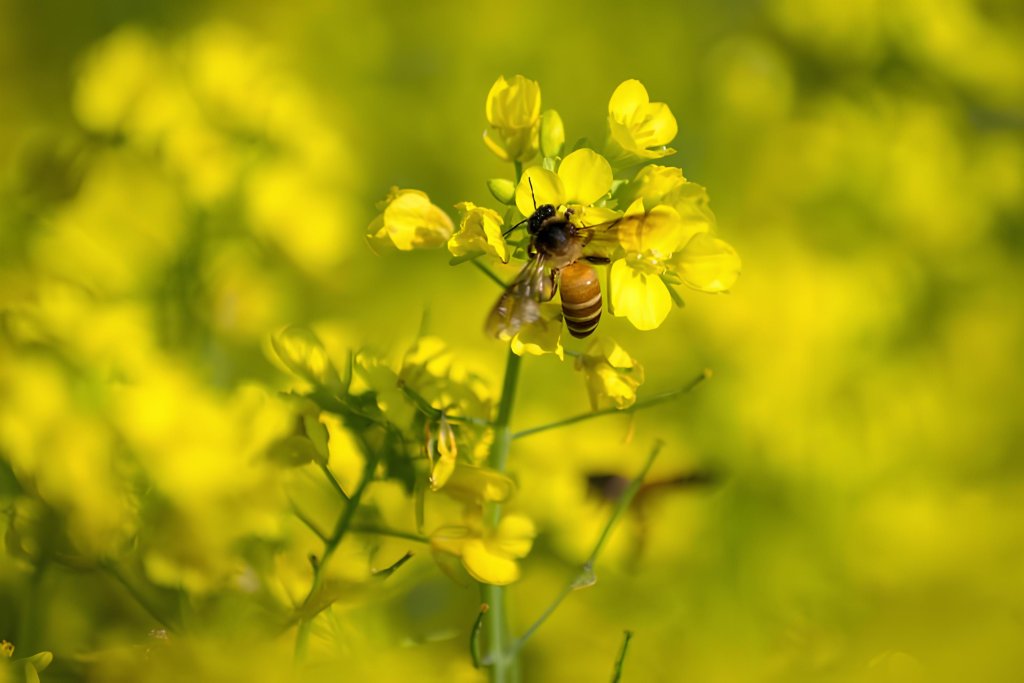Do you love to research spicy foods? Or are you trying to grow a few vibrant and bright spices in your kitchen garden? Either way, you cannot deny the power of herbal aromatics to enhance flavors and make any ordinary dish taste heavenly.
Yellow flowering herbs like turmeric, mustard, fennel, and saffron elevate sweet and savory dishes. We can witness the beautiful intertwining of art, flavor, and aroma with spices. But if you want to experience the fresh vibrancy, it is time to grow a few yellow herbs in your garden.
Not sure where to start?
In this article, we will explore six golden spices that have been essential to the culinary industry for centuries. Let us begin!
What is the Significance of Yellow Flower Spices?
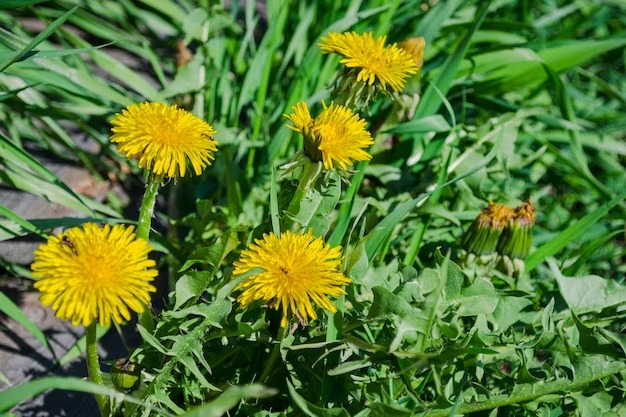
Before we start exploring the beautiful yellow spices, let’s take a sneak peek into their significance. Yellow is a vibrant color that resembles the energy of the sun. Thus, its brightness and warmth help the spices stand out in a fresh green garden.
But there is more to the yellow flower of spices. The following points will answer how!
1. Spice Identification
The first step in determining color significance is spice identification. In any garden, yellow spice flowers are easy to identify because of their distinctive hue. Passionate chefs, spice lovers, and researchers rely on the color to determine the quality of the spice or herb.
2. Cultural Significance
Several cultures consider yellow flowers to be the extended energy of the sun. Yellow spices spread happiness, health, and warmth. Thus, their use to date is reflected in a variety of traditional dishes and drinks.
3. Medicinal Significance
In Indian Ayurveda, yellow herbs and spices like saffron and turmeric are widely used for their medicinal benefits. Turmeric’s yellow roots and flowers contain an anti-inflammatory compound known as curcumin. It helps treat inflammation, skin infections, and colds and purifies blood.
4. Aesthetical Appeal
Lastly, the yellow flowers of spices and herbs are great for culinary decorations. Edible yellow spice flowers are creative add-ons for birthday cakes, pastries, salad garnishes, or drink glass aesthetics. Their fragrance, flavor, and color enhance the overall taste experience.
Common Spices with Yellow Flowers
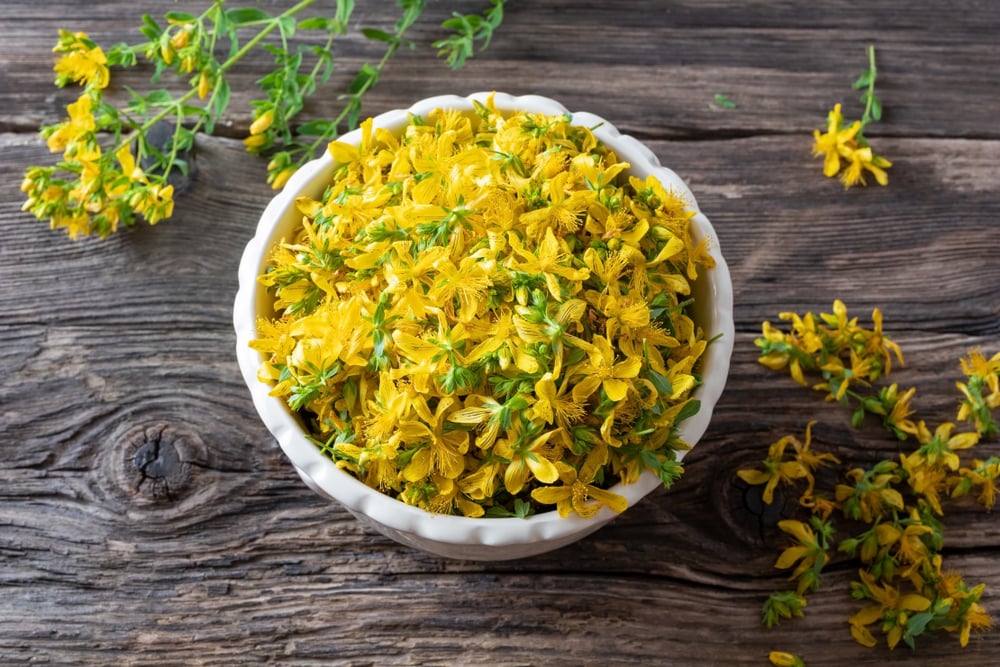
Now that we know the beautiful contributions of yellow spice flowers, it is time to start gardening. Whether you have a beautiful backyard garden or want to decorate your lawn with aromatics, these herbs will break the monotony of all green.
Here are some of our favorite spices with yellow flowers you can try planting in your garden.
1. Turmeric

Bright yellow trumpet-like flowers grow on turmeric plants. The spice is globally known for its color, aroma, and medicinal benefits. It is one of the most extensively used components in various culinary cultures and is grown worldwide.
However, the flower is not what contributes most. Turmeric’s yellow rhizomes beneath the soil are the treasure that heals skin infections, purifies blood, and aids in inflammation.
2. Saffron
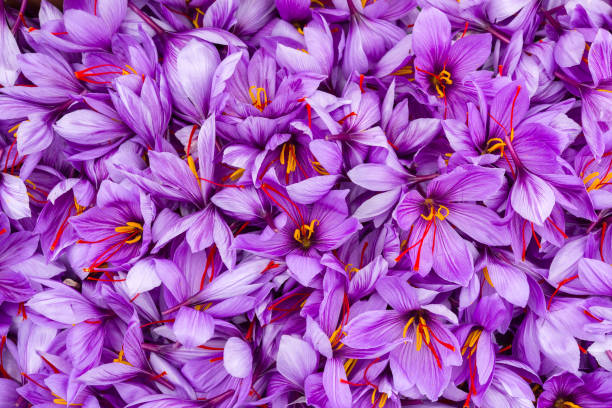
Saffron is the most expensive spice in the world. Its aroma, color, taste, and stands are flavor and aesthetic enhancers in sweet and savory dishes. Since ancient times, the ‘golden spice’ has been known for adding richness to food. Its medicinal benefits also extend to antioxidants and mood-enhancing properties.
However, you will be surprised that only the saffron crocus flower is purple. However, its strands are the yellow saffron spice that makes the world burst with flavors.
3. Calendula
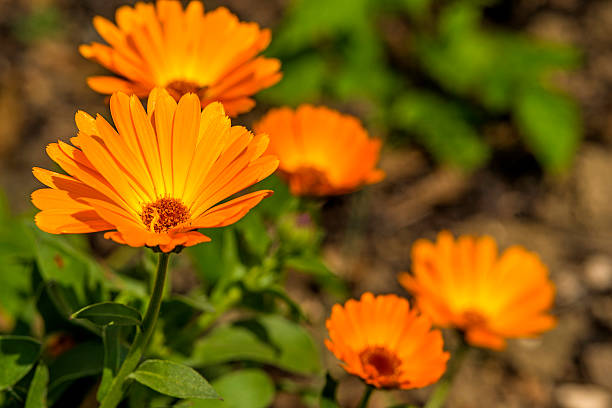
Do you love the subtle scent of flowering plants? If yes, calendula is a beautiful flowering herb to plant in your garden. Calendula is known for its vibrant yellow-orange hue and calming medicinal benefits. It needs little water and a lot of sunlight to mature in two years and can reach a maximum of two feet.
We advise planting calendula with vegetables and crops to distract insects.
4. Fennel
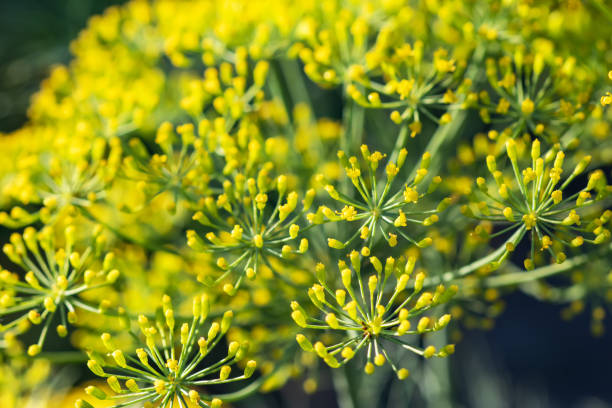
Fennel is a sweet spice that grows yellow flowers in clusters and radiates a beautiful, subtle anise-like smell. The spice is produced as the flower matures. You can then grind the herb to make a fine powder and use it to temper soups, curries, cakes, and salads.
Fennel is also known for its digestive benefits and aids in bad breath. Its yellow flowers are great for aesthetic cake decorations, salads, and soup garnishes.
5. Wild Poppy
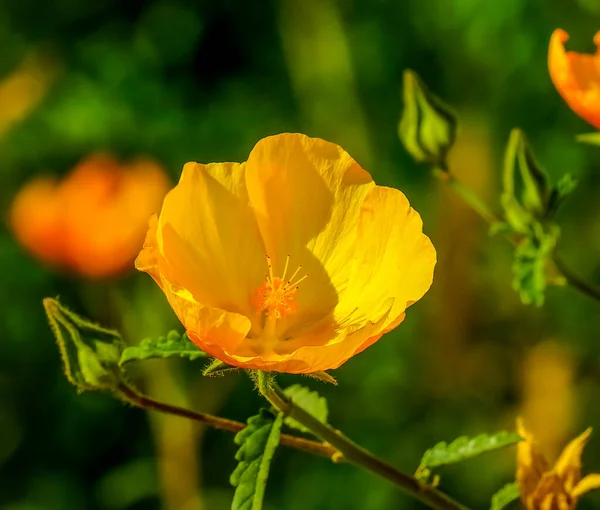
Does your mind limit you to imagining only red and purple poppy flowers? You will be surprised to know that yellow poppies make aromatic and flavorful herbs. Try growing yellow poppies in your garden because they need minimal care to thrive. Plant them in ample sunlight and watch them spread their magic.
Poppies, as spices, have a very mild taste and are highly beneficial for making medicines to calm the mind. In India, poppies are also cooked with potatoes and vegetables to prepare a traditional delicacy.
6. Mustard
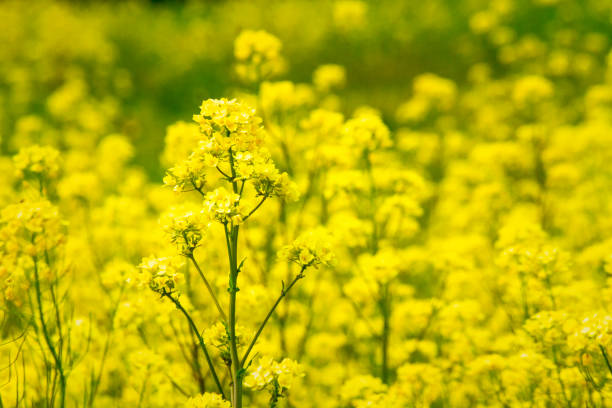
Mustard is an easy-to-grow spice for your kitchen garden. It is widely known for its intense and sharp flavor, which makes it perfect for condiments and sauces.
Besides being a flavor enhancer, the spice exudes a beautiful aroma when tempered. Its bright yellow flower has a striking scent and makes a lovely decoration for garnishing food.
Summing Up
Spices with yellow flowers rule the culinary world with their aroma, flavors, and textures. If you love food and want to grow a spice garden at home, you can choose from countless vibrant and aromatic plants.
Turmeric, poppies, mustard, fenugreek—the options are countless, just like their medicinal benefits. You can also use them to add color and decorate as garnishes for food and drinks. If you share our passion for gardening, we recommend these top six easy yellow spice flower plants.
Comment and share your favorite picks from them.

